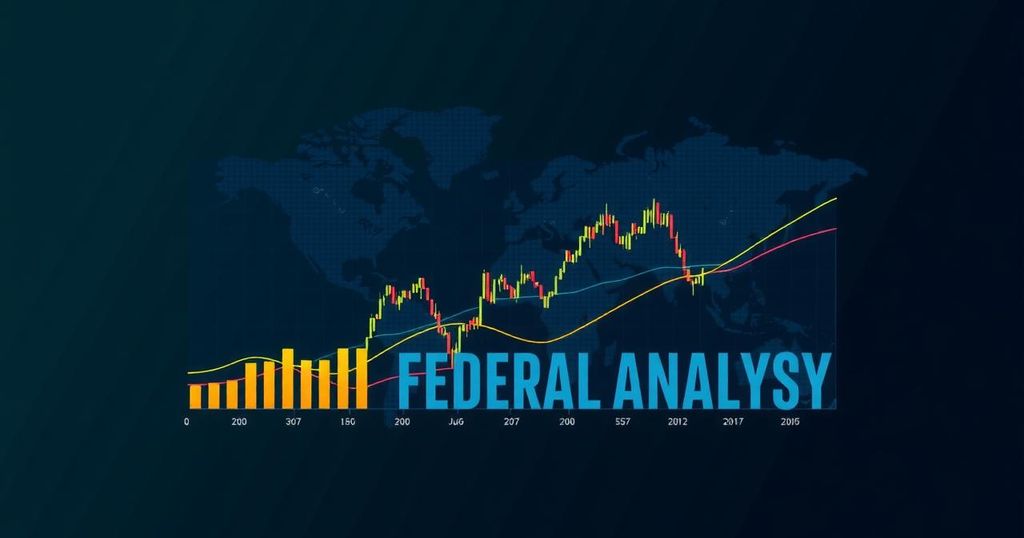Anticipating Federal Reserve Rate Cuts: Why Bitcoin Could Emerge as a Leading Asset
The Federal Reserve has recently hinted at potential interest rate reductions following a series of historically significant rate hikes. As the markets anticipate a 25 basis point cut in the upcoming September meeting, with the probability of additional reductions extending into 2025, various financial assets are positioned to capitalize on these changes. Among these assets, Bitcoin (BTC) stands out as the leading candidate for investors to monitor as the Federal Reserve transitions its policy stance from hawkish to dovish.
In analyzing the current economic landscape, it is critical to acknowledge the nuances underlying Federal Reserve Chair Jerome Powell’s announcement regarding impending rate cuts. While some may view this as reason for optimism, it is essential to consider that the decision appears to have emerged from concerns regarding the recent yen carry trade and a revision by the Bureau of Labor Statistics, which revealed an overcount of approximately 818,000 jobs. Such developments have fostered apprehension about the fragility of the global economy and the potential weakening of the labor market, leading to the Fed’s contemplation of a more accommodative monetary policy.
Despite these considerations, inflation rates persist at a level of 2.9%, significantly exceeding the Fed’s long-standing 2% target, which Mr. Powell previously deemed non-negotiable. Furthermore, the U.S. economy continues to display resilience, with only two quarters of negative real gross domestic product (GDP) growth since the onset of the COVID-19 pandemic. The projected real GDP for the third quarter of 2024 stands at a solid 2%, suggesting that the economy is not unduly burdened by restrictive monetary policy.
It is important to understand how a reduction in interest rates may exacerbate inflationary pressures. Lower interest rates typically stimulate borrowing and spending, driving demand for goods and services. Should this increased demand emerge in an economy that exhibits signs of strength, it could lead to additional upward pressures on prices, complicating the Federal Reserve’s pursuit of price stability.
Within this context, Bitcoin emerges as a premier asset for consideration. Historically, periods of increased liquidity and lower interest rates have corresponded with significant gains in Bitcoin’s value. For example, between February 2020 and February 2022, when the Federal Reserve slashed rates to near zero, Bitcoin experienced an extraordinary increase of 375%. This performance in a low-interest environment serves as a promising indicator as interest rates are expected to decline once again.
The intrinsic appeal of Bitcoin today is not solely tied to its potential for price appreciation in a favorable liquidity environment; it also serves as an effective hedge against inflation. With a notable erosion of approximately 20% in the value of the U.S. dollar over the past five years, the need for a safeguard against such inflationary threats becomes apparent. Bitcoin’s fixed supply of 21 million coins—19.6 million of which are currently in circulation—provides a unique counterbalance to the risks associated with central bank policies and governmental interventions.
Moreover, Bitcoin’s decentralized nature ensures that it is not subject to the control of any single entity, while its underlying blockchain technology guarantees both security and transparency. These attributes position Bitcoin not merely as a speculative asset but as a robust store of value in a climate marked by economic uncertainty.
In conclusion, the impending rate cuts by the Federal Reserve represent a significant shift in monetary policy that could provide momentum for economic growth. However, this does not preclude the emergence of potential challenges or negative repercussions. Should economic growth be achieved with minimal inflation, this would be commendable. Nonetheless, without any assurances, it seems prudent to place one’s confidence in Bitcoin, the most decentralized, secure, and finite asset available in today’s economy. For investors navigating this turbulent financial environment, Bitcoin offers not only a speculative opportunity but also a strategic allocation as traditional assets increasingly become susceptible to the volatilities of central bank decisions.








Post Comment